Released in 2014, Monero (XMR) is a decentralized cryptocurrency that’s designed to address the privacy issues of Bitcoin (BTC), and as such, it offers users improved anonymity and fungibility. Aside from its top-notch privacy features, the cryptocurrency has proven itself to be a worthwhile investment. In particular, between January 2017 and 2018, the coin’s value increased from USD 13 to USD 329, providing investors with a return of around 2,530%.
Finally, XMR is also quite accessible. Unlike BTC and other cryptocurrencies that require miners to use an application-specific integrated circuit (ASIC), XMR is designed to be resistant to ASIC and can be mined using consumer-grade hardware. As long as they have a decent computer, stable internet connection, and access to an XMRwallet, users can start mining the coin without spending a lot of money.
Monero’s Privacy Features
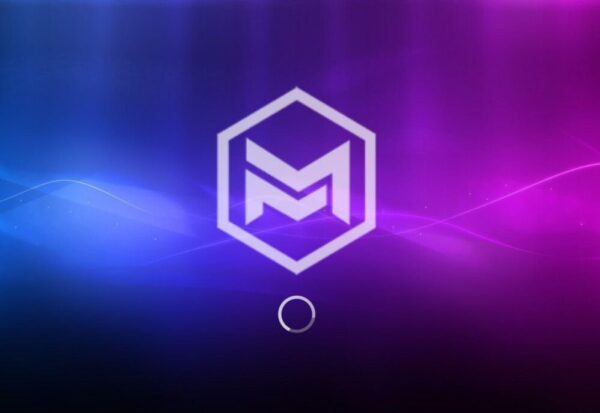
Before mining or trading in XMR, newbies should become more familiar with the privacy features that set the cryptocurrency apart from others, as these elements are also central to how transactions using XMR are carried out. There are 3 technologies that ensure the anonymity and non-traceability of XMR transactions. These are:
- Ring Signatures – This adds 10 more digital signatures to the blockchain, making it difficult for anyone to determine who is involved in the transaction.
- Stealth Addresses – This automatically generates one-time accounts or addresses for each and every XMR transaction.
- Ring Confidential Transactions – This hides the amount of the transaction to any outsider, allowing only the sender and receiver to know how much their exchange is worth.
Of course, XMR users have the option to allow a third party to view their transaction by sharing a private key to these welcome audiences. This privilege is often granted to an individual or organization that’s been permitted to audit the sender’s or receiver’s wallet.
The Role Miners Play and How to Get Started in Mining Monero
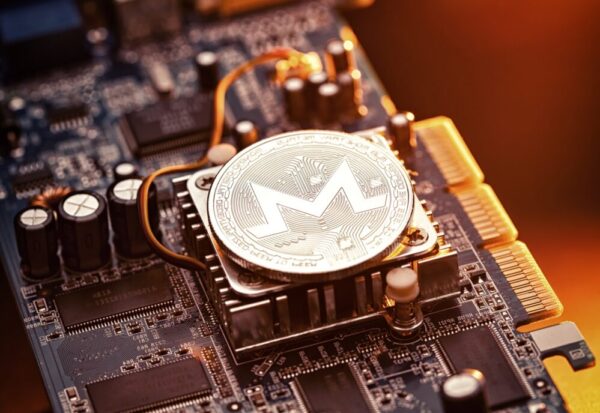
Users who want to grow their XMR acquisition can either trade the coin or mine it. Mining refers to solving advanced mathematical problems to validate transactions and add more coins to the XMR network. Once a miner solves a problem, they receive block awards in the form of new XMR tokens. In turn, solving the puzzles leads to the validation of XMR transactions, allowing blockchain exchanges to push through. It’s not an exaggeration to claim that XMR miners play a crucial role in securing and running the entire system.
Now, because Monero is ASIC-resistant, would-be miners do not need specialized hardware to earn XMR tokens. As long as their computer is equipped with x86, x86-64, ARM, or even GPU, they can do their part in keeping the cryptocurrency system up and running.
In part, the privacy and anonymity offered by Monero seemingly makes it easy for double-spending to take place. The good news is that there are systems in place to prevent this from happening, and miners also play a key role in this process. The transactions recorded in the blockchain are marked with a time stamp and collated in a single block prior to being distributed to other users. To prevent double-spending, miners can determine the legitimacy of each transaction by comparing the debit and credit units in the sender’s and receiver’s wallets.
Technical Aspects Beginners Should Note of When Mining Monero
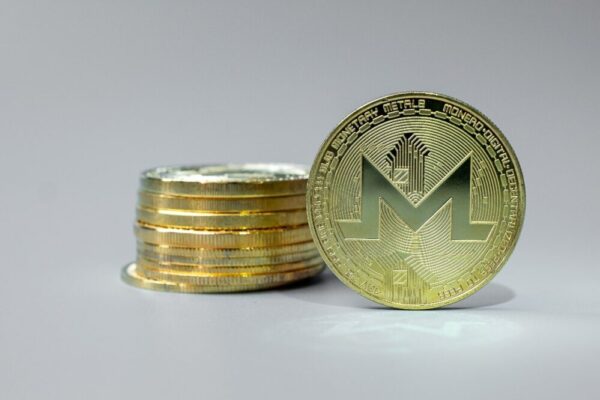
Monero has a total limit of 18.4 million coins, and it has been estimated that all units will be mined by May 2024. This, then, leaves would-be miners with limited time to get into mining and acquiring new XMR tokens themselves.
When solving mathematical problems to validate XMR transactions, miners should be mindful of the hashrate or the number of calculations that their devices can attempt within a given period. This unit will help them determine the computing power they need to successfully mine a block. Note that networks with higher hashrates pose more difficult challenges to miners. Because XMR is ASIC-resistant, the hashrate for the network is significantly lower than other cryptocurrencies of the same level of distribution.
What does this mean for miners who are still setting up their XMR rig? Well, they don’t have to dig as deep as other miners just to mine new XMR tokens. Still, to ensure the efficiency of their mining process, it’s a good move for them to invest in a powerful computer with good CPU and RAM. On top of spending on hardware, they should also take note of other mining-related expenses, such as the cost of electricity and cooling their rigs, membership costs to join a mining pool, and computer parts that are compatible with their processors.
Once their computers have been set up, miners only need to install their preferred mining software and connect to their mining pool. Putting their resources together with that of other miners can help them improve their success rate in solving mathematical puzzles, but this also means that they need to distribute the block rewards when they get it. Solo mining is also an option, though its success rate is much lower compared to joining a mining pool.
It’s much easier to get started on mining Monero, at least when compared to other cryptocurrencies. Newbie miners would do well to take a look at how they can contribute to the XMR mining community now before they run out of tokens to mine.
How to mine Monero?
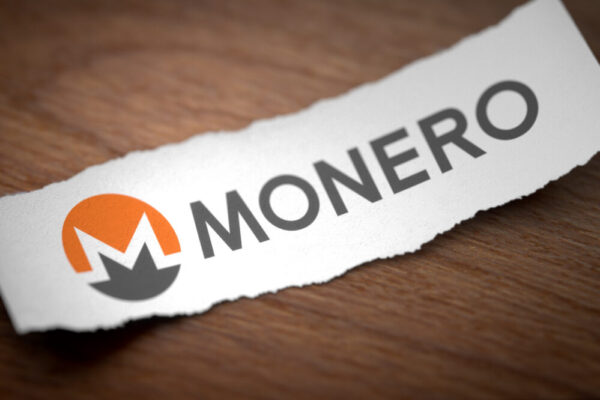
Monero is one of the controversial bitcoins, still manages to occupy the top charts in terms of popularity. Although it is less popular compared to bitcoin and ethereum, considerable amount of miners and traders mine into Monero each day, which makes Monero a competitive crypto currency. Even though process remains the same, it becomes difficult for the miners to decode everything by themselves. If you are a beginner, this guide helps you through every step of Monero mining. However, the process of mining differs for Monero mining. Monero mining can be done in various ways.
Solo mining is done by one individual or miner on his own. The miner, generally, interacts with the blockchain all by himself. There are different types of mining styles, in which you may have to share the mining rewards with your partners. But, in solo mining you get to retain all the rewards all to yourself. This is a huge advantage as compared to other types of mining. Yet, solo mining is a bit tedious process as compared to other processes. You will receive rewards less frequently as compared to others. This is because it takes longer for you to mine alone contrary to when you do it with a group.
As the name suggests, the mining pool process involves a process of collective contribution of all the fellow miners to mine a Monero. While each mining pool is a separate attempt to mine a Monero block, each contributor is called a rig owner. Rig owners contribute their effort and power to enhance the chances of obtaining a new block in the Monero blockchain. However, the hard-earned rewards will be split here among the rig owners and other contributors. Hence, the profit base will be lower as compared to the solo mining process. But, this is the easiest process and less time consuming.
Also, there are a few things to consider in mining pools. Most of the mining pools charge an intermediate fee from 0 to 2%. In addition to mining, the rewards are considered stable in mining pools as collective efforts are involved.
You can choose to or not to contribute. But, unlike in the solo mining process, you get to gain regularly because the process gets completed relatively quicker and you can start a new one. Although the rewards get split up, you eventually earn the same or more with your effort and contribution.
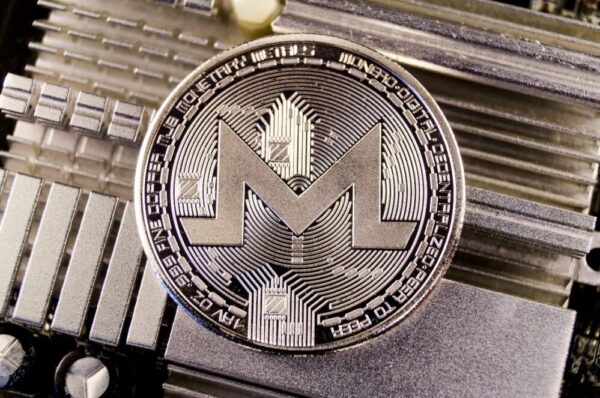
Cloud mining in monero mining refers to utilizing cloud based power to mine monero blockchains. This process involves cloud mining computer service providers, who host cloud computing devices. Even this process includes splitting of your hard-earned rewards. Although the process of splitting depends and varies, mostly you will have to pay a particular some to the hosting providers for using their processing power.
Although the rewards get split up, cloud mining of monero is considered the most profitable choice if you are not a fan of both mining pools and solo mining. However, there is a considerable risk involved in the cloud mining process. Spammers and scammers may make it difficult for you to retain your rewards. You may have to deal with theft or cheating. But, one way to tackle these issues is to look out for their customer feedback, reviews, and number of subscriptions.
Conclusion
To beginners, Monero is the new term. Although the processes involved differ, the profitability and risk factor remains to be the same. With a good CPU as well as GPU, you are good to start with your monero mining venture. This guide helps you in a comprehensive way with all the things required for monero mining beginners. Also, it is essential to be aware of the scammers and spammers to keep yourself defended and safe.
